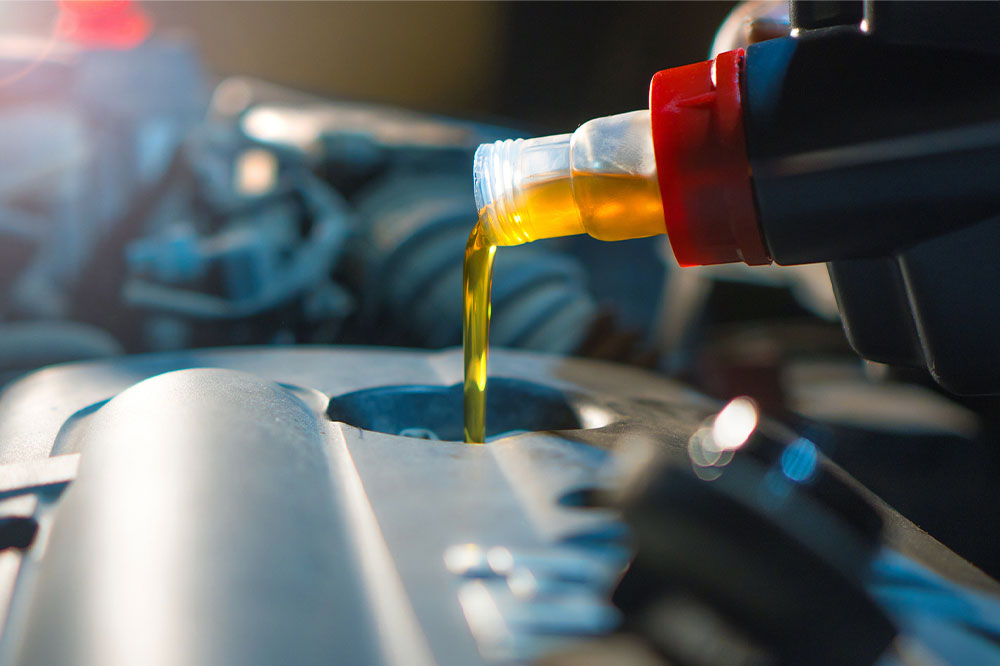5 critical oil change mistakes to avoid

Changing your vehicle’s engine oil sounds straightforward enough. You can either replace it professionally at the local garage or DIY the entire task at home. Nevertheless, it is a necessary step that should not be skipped to improve engine performance and efficiency. Timely engine maintenance will save you thousands of dollars in repair ahead. So, if you decide to change the engine oil at home, avoid making these common mistakes.
Using the wrong type of oil
Not all vehicle engines run on the same oil type for lubrication. It varies depending on the type of car and driving conditions. You can either use conventional motor oil, the cheapest of all variants or switch to a synthetic blend that provides better viscosity and resistance to drastic oxidation caused by changing weather conditions. Alternatively, consider using high-mileage oils that are both pocket and environment-friendly.
Not checking the proper oil levels
You need to fill in the right amount of oil that needs to be used for optimal engine function. Overfilling the engine causes the lubricating oil to leak inside the gaskets and stall the engine. And using very little oil increases friction and causes premature wear of the components that make up the engine. You should always use the right quantity as recommended in the manual.
Replacing oil without the proper tools
You’ll need to invest in some decent tools for a DIY oil change. Buy an oil collection pan that collects the old liquid so that your garage floor doesn’t turn into a slip-and-slide amusement ride. Use a hydraulic jack to lift up the vehicle to create space and avoid cramping under the car. Always replace the old filter and ring seals to prevent leaks while the vehicle is in motion.
Not installing the filter properly
The oil filter collects all the debris and prevents sludge from affecting the lubricant’s viscosity when used. It is recommended that you change out oil filters with every oil change as well. This step prevents grime from collecting in the lubricant and affecting the overall performance of the engine.
Changing oil before its necessary
Modern-day vehicles are designed to run longer and more efficiently, so you don’t actually need an oil change unless the vehicle has been driven for a certain number of miles. Newer cars can be driven for a good 7,000 to 10,000 miles before changing the oil. So, refer to the manual for this step to ensure proper timing.














